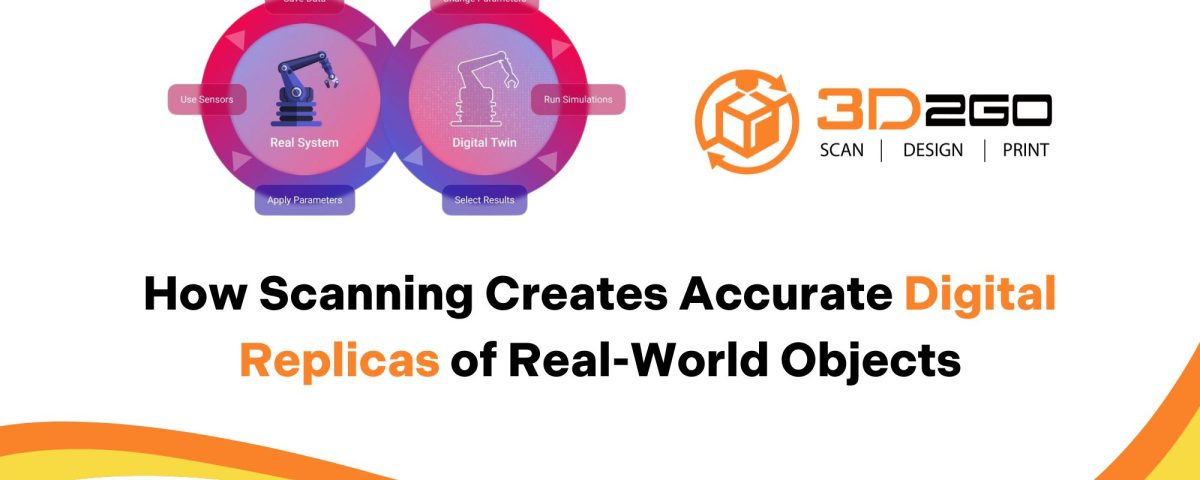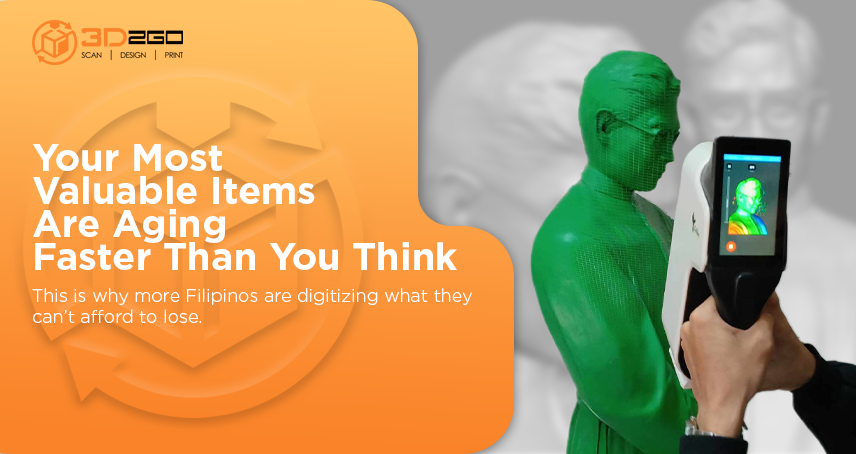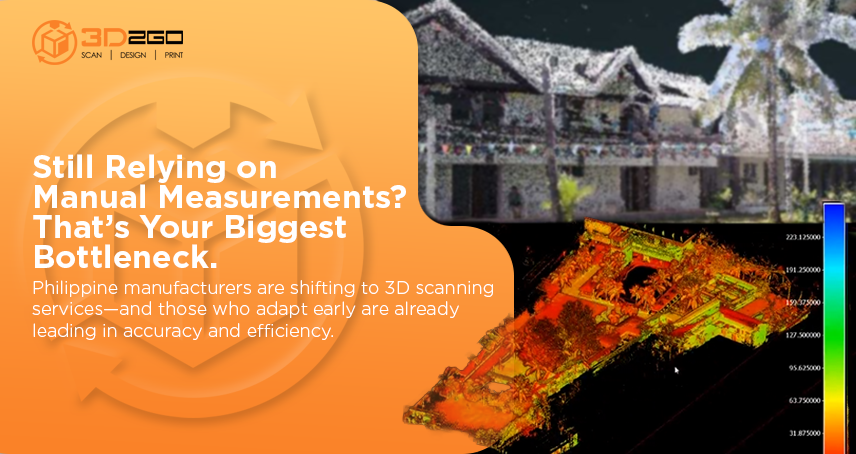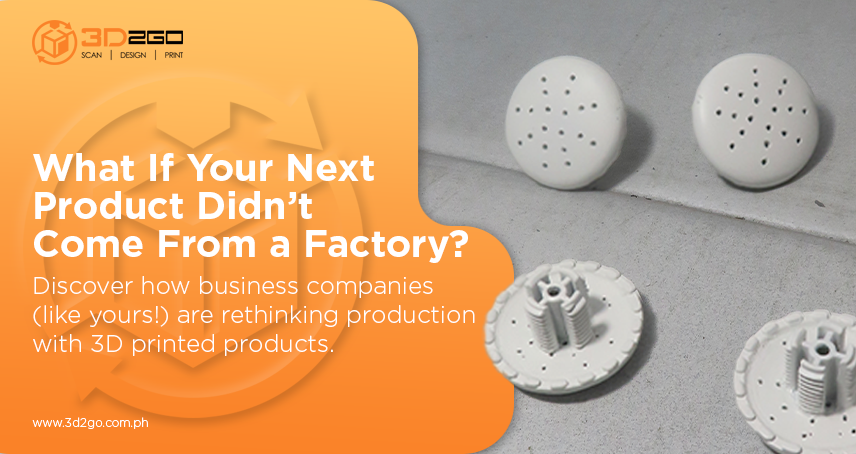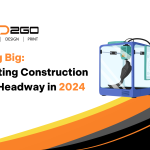
Building Big: 3D Printing Construction Makes Headway in 2024
June 26, 2024
What is Lidar and Why Is It So Important?
September 17, 2024Imagine a world where broken machine parts can be instantly replaced with perfect digital replicas, or where historical artifacts can be preserved and studied without ever needing to be touched. This is the power of 3D scanning technology, a process that transforms real-world objects into incredibly accurate digital models.
There are two main types of scanning used to create digital replicas: contact scanning and non-contact scanning. Contact scanners physically touch the object with a probe, capturing its exact dimensions point-by-point. This method is ideal for small, intricate objects that require a high level of detail. Non-contact scanners, on the other hand, use technologies like lasers or structured light to capture the object’s shape from a distance. This method is faster and more versatile, making it suitable for larger objects or those that are delicate or difficult to touch.
Once the scanning process is complete, the data points are translated into a 3D model using specialized software. This digital replica captures the object’s geometry, including its size, shape, and even surface texture. The level of detail in the digital replica can be astounding, allowing for precise measurements and analysis that wouldn’t be possible with a physical object.
The applications of digital replicas are vast and ever-growing. In manufacturing, they are used to create prototypes, reverse engineer existing products, and ensure quality control.
Digital replicas are essential for streamlining production processes, reducing waste, and ensuring a consistent level of quality in manufactured goods.
In healthcare, digital replicas of bones and organs can be used for surgical planning and patient education.
These digital replicas allow surgeons to visualize the anatomy of a patient in detail, leading to more precise and efficient surgeries. Additionally, 3D printed models based on digital replicas can be used to help patients understand their condition and the planned surgery.
In the field of cultural preservation, 3D scanning can be used to create digital replicas of historical artifacts,
making them accessible for study and enjoyment by future generations. These digital replicas can be shared online, exhibited in museums, or even used to create 3D printed replicas for educational purposes. The ability to create digital replicas of artifacts helps to ensure their preservation for future generations, even if the physical artifacts themselves deteriorate over time.
Beyond these established applications, the potential of digital replicas is constantly expanding. In the field of construction,
for example, digital replicas can be used to create Building Information Modeling (BIM) systems, which integrate all the data related to a construction project into a single digital model. This allows for better planning, coordination, and collaboration between different stakeholders involved in the construction process.
In the entertainment industry,
digital replicas are used to create realistic 3D models for use in video games, movies, and special effects. The ability to create highly detailed and accurate digital replicas of objects, environments, and even people is revolutionizing the entertainment industry, allowing for the creation of ever more immersive and believable experiences.
The ability to create accurate digital replicas of real-world objects is revolutionizing many industries.
As scanning technology continues to develop, we can expect even more innovative applications to emerge, blurring the lines between the physical and digital worlds. 3D printing, for example, can be used to create physical objects directly from digital replicas, further expanding the potential applications of this technology.
The future of 3D scanning and digital replicas is bright. As scanning technology becomes more affordable and accessible, we can expect to see it used in even more ways to improve our lives, from streamlining manufacturing processes to preserving cultural heritage to creating new and exciting forms of entertainment.


